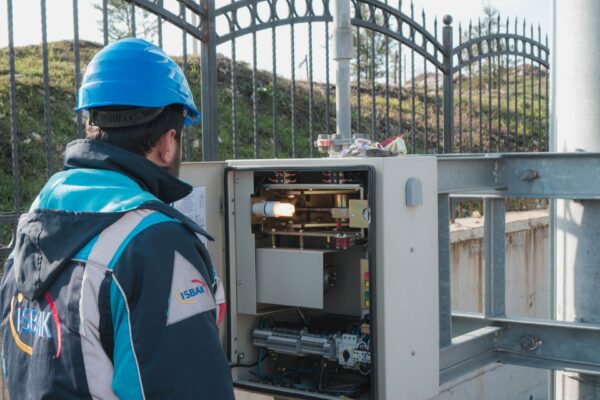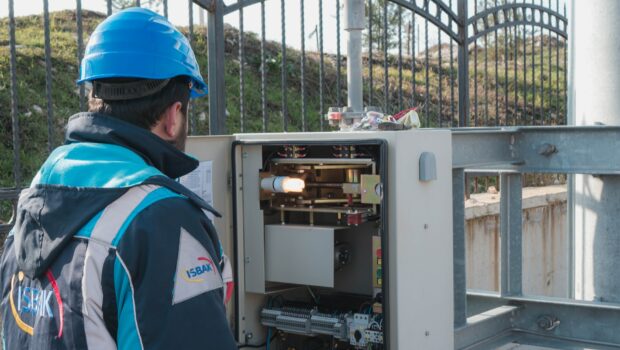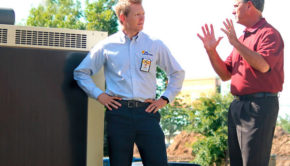Safety Tips for New Electricians
Electricity is the bedrock of modern civilization and plays a major role in large swathes of modern life. However, electricity is, itself, a volatile force of nature, and the luxuries of the modern era have come only in the wake of taming the beast. Even then, there’s still plenty that can and will go wrong when dealing with electricity. This is why “electrician” is a necessary occupation, but it’s necessarily an occupation that presents workers to a certain degree of risk. These are the tips you’ll need to work effectively and safely as an electrician.

Photo by Sami Abdullah from Pexels
Transformers
When working with the traditional power grid, you’ll have to consider the transformer connecting a given property to the grid. Transformers essentially act as relays between multiple electrical circuits, and this means that transformer wiring has more devastating consequences for failure. The inner workings of a transformer are fairly simple. Put another way, they are no more complicated than they have to be, making repairs simpler. However, disrupting the circuit can not only cause the property in question to lose power, but also all others connected to the same transformer. In the event of a power surge, this can also disrupt power to additional transformers, causing a widespread power outage.
Wiring
The most ubiquitous need for electricians comes in the form of wiring. For every new home, for example, an electrician will need to run wires throughout the crawl space of a home to ensure that electricity is widely available throughout the house. Likewise, annexing an existing home will require new wiring. Even existing wiring can need repaired or replaced. When working with electrical wiring, there are many potential hazards involved, and each one necessitates proper safety protocols to keep workers and homeowners safe.
First and foremost, you should absolutely avoid working with live wires. For example, when wiring a new home, the home’s wiring should not be connected to the corresponding transformer until everything else is taken care of, ideally. However, new homes are far less common than existing homes in need of maintenance, so this is often not an option. However, circuit breakers and safety switches can be used to temporarily cut off the flow of power to a home in whole or in part, so you’ll need to be sure to make use of them to deactivate pertinent wires before handling them.
Another important facet of modern wiring is that wires are typically shielded, or sheathed, with rubber to insulate them, making them much safer to handle when and if they happen to be live. That said, you still don’t want to work with live wires, but it may sometimes be necessary. Insulators like rubber are utterly essential for these cases. This is also one of the reasons that a wire cutter is an essential tool for electricians. They can cut not only the wires themselves, but also the rubber shielding, allowing the optimal blend of malleability and safety when dealing with wires.
Working As a Team
Because of the potential dangers of electricity, it’s important for electricians, even amateur ones, to work in groups. For example, when working within an existing home’s wiring, it can be a major time saver and safety measure to have one person standing watch while another toggles the circuits of the home one at a time to figure out exactly which circuit needs to be broken for safe interaction with the desired wiring. It’s also important because of the requirements for clean and orderly wires for an electrician to have a second set of hands available to gather the necessary tools without losing sight of which wires are which, especially when it comes to more complex arrangements when it comes to light switches and outlets.
The importance of electricity and the risks of handling it poorly make electricians an important pillar of modern life. However, you don’t have to simply accept the risks when working in this profession, and these tips can help you stay safe on the job.














